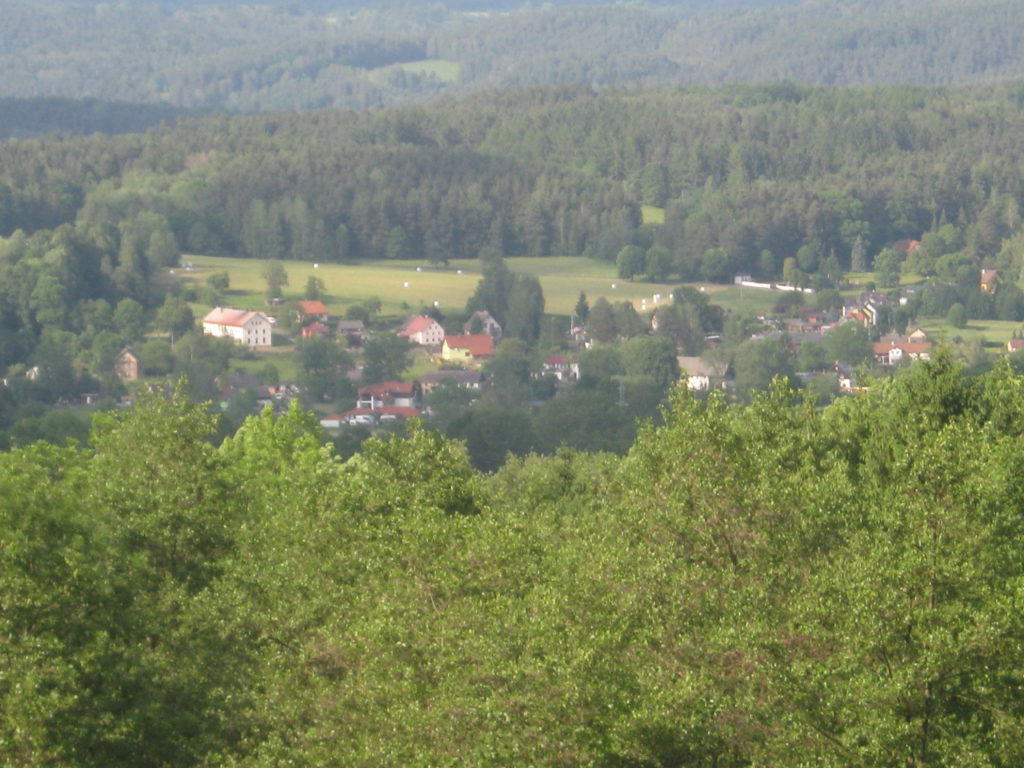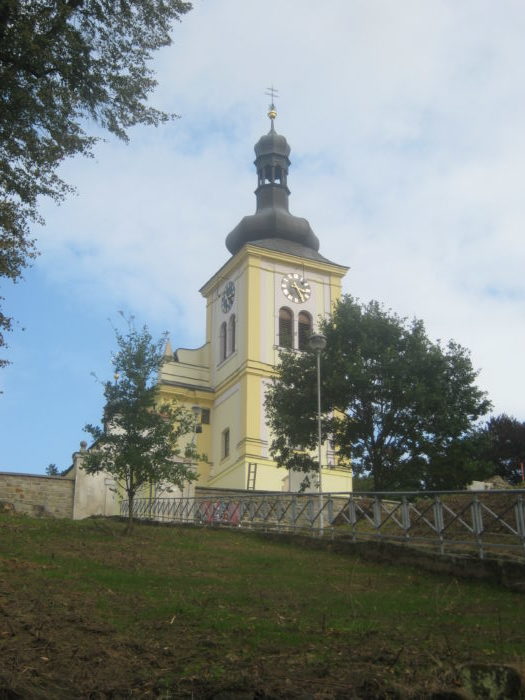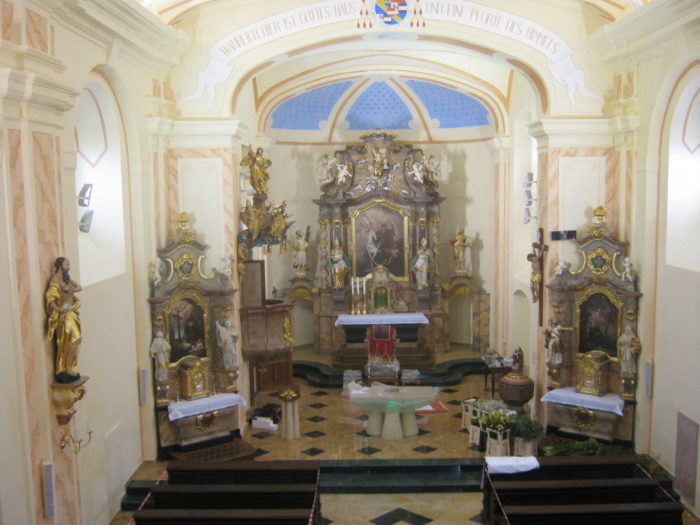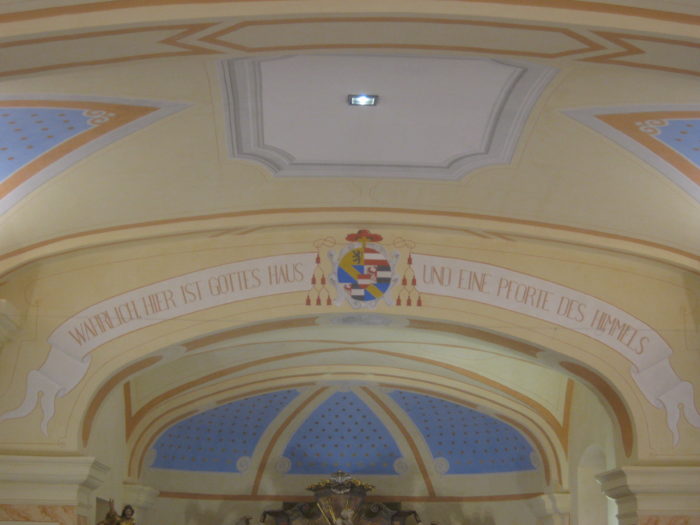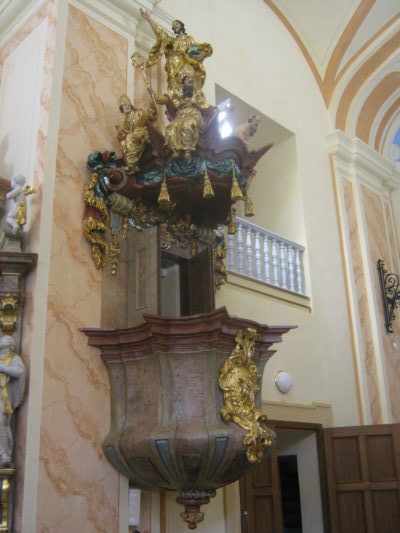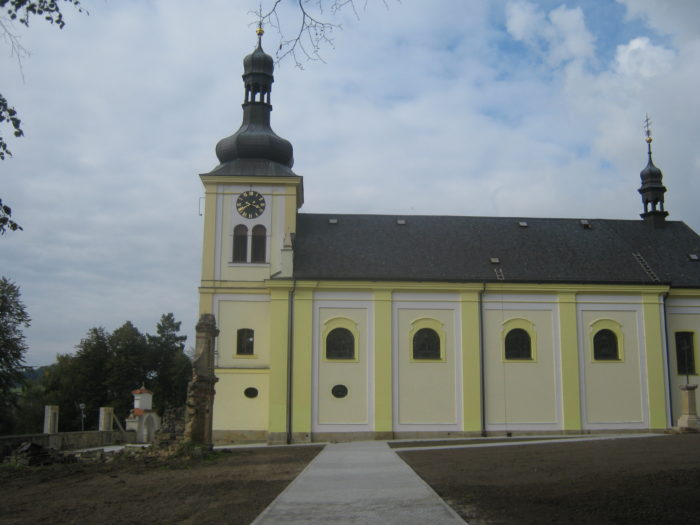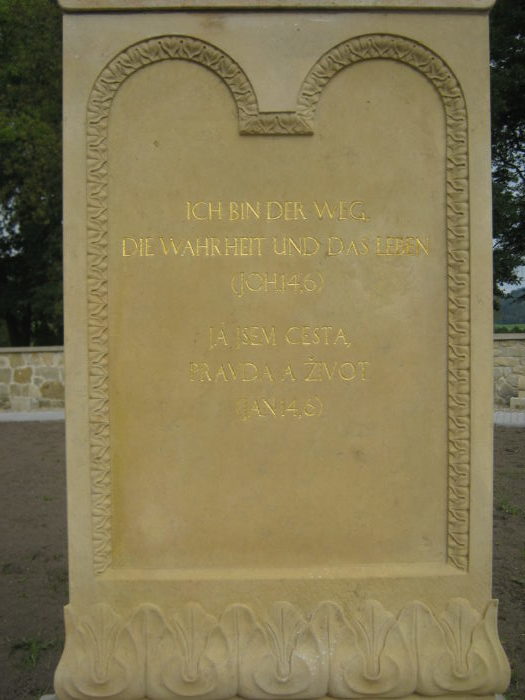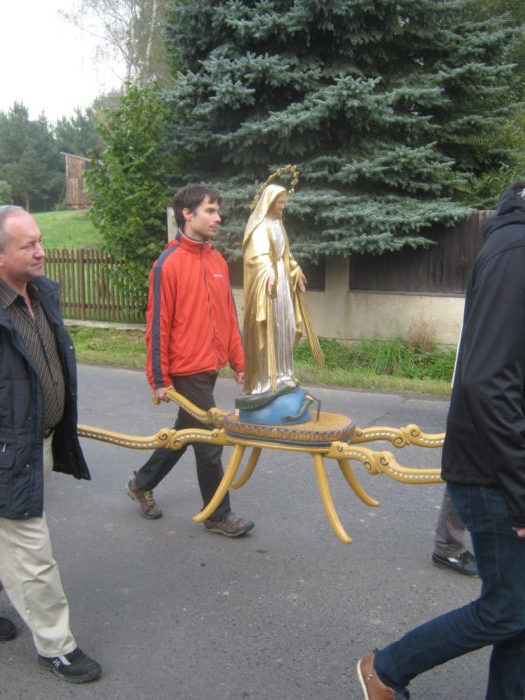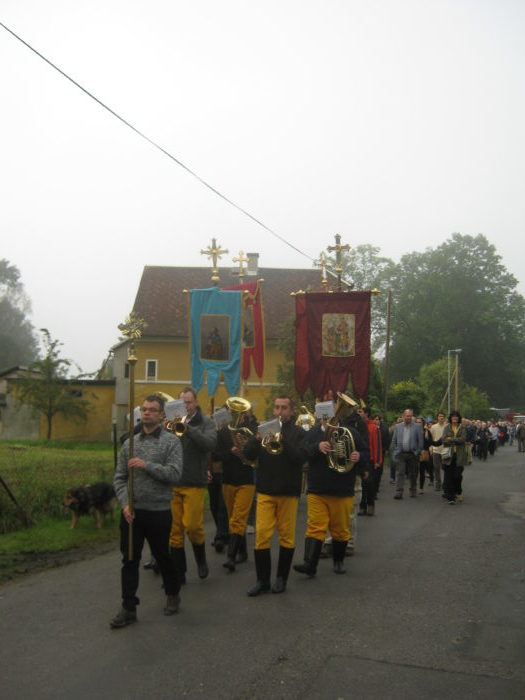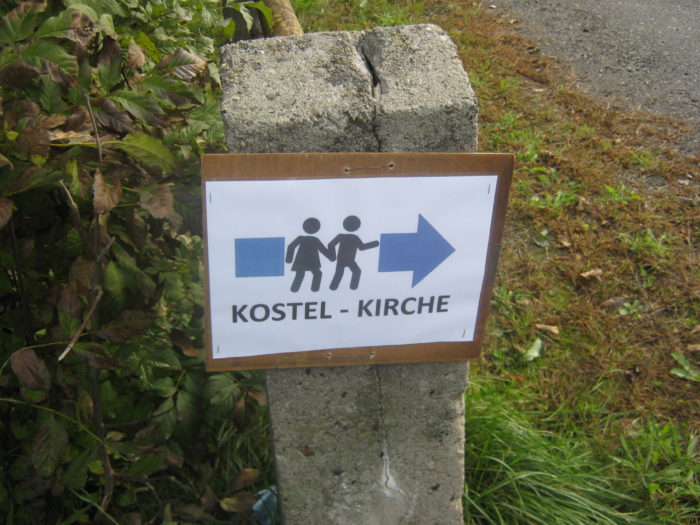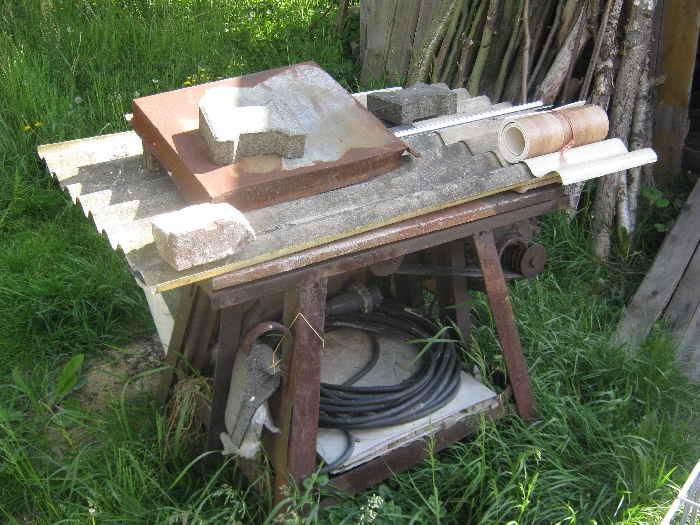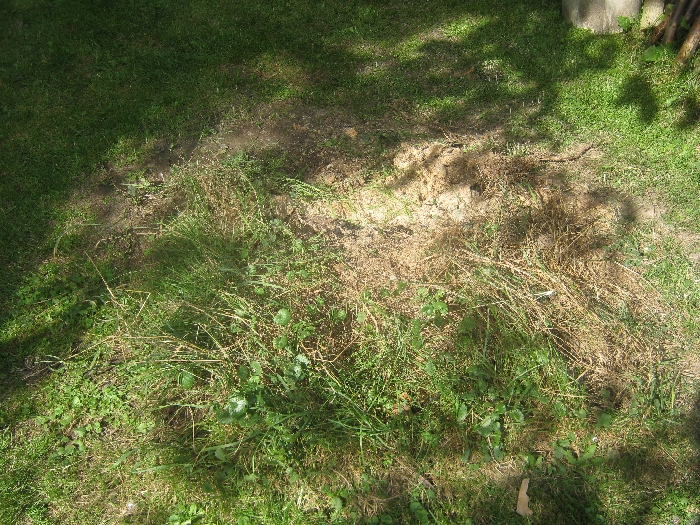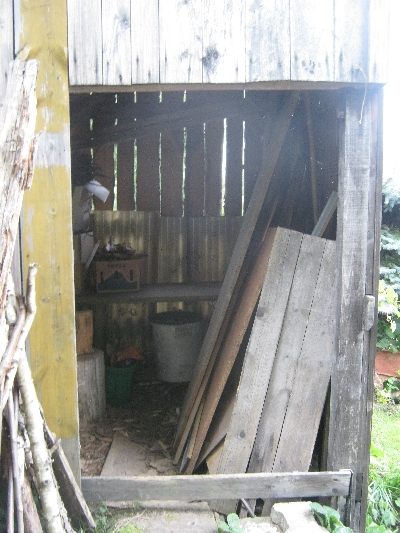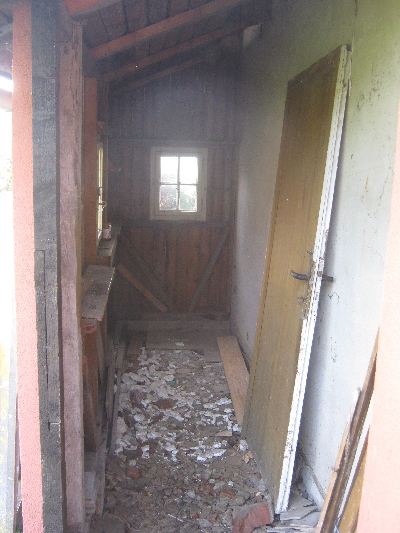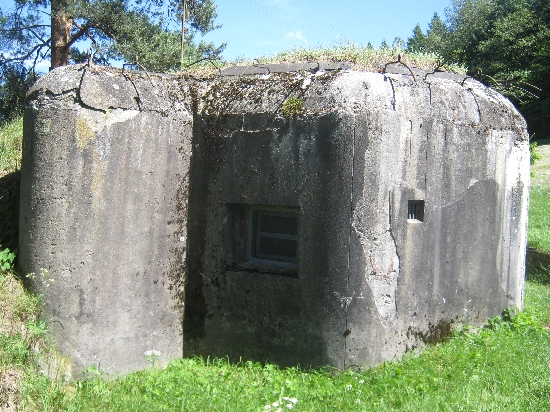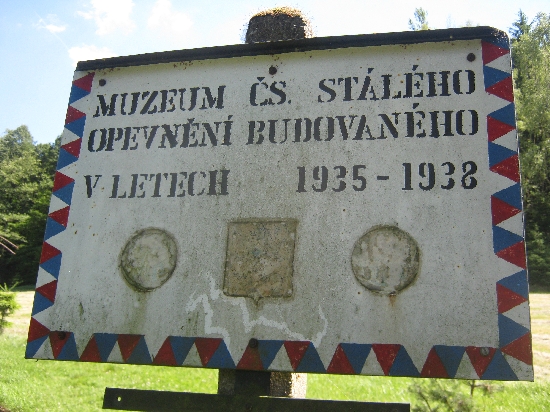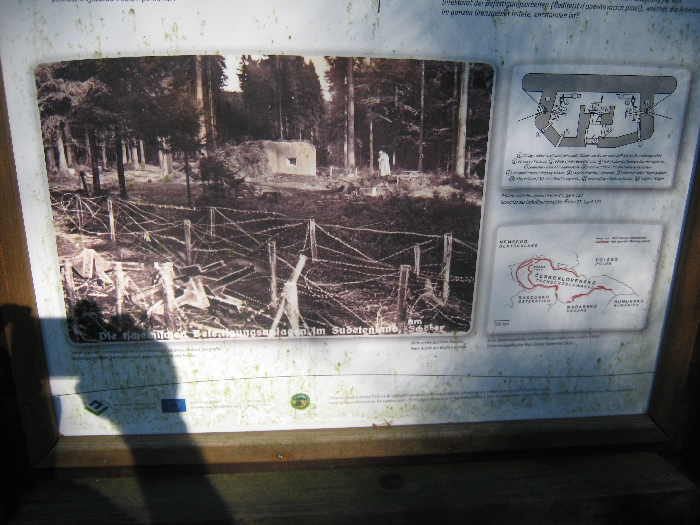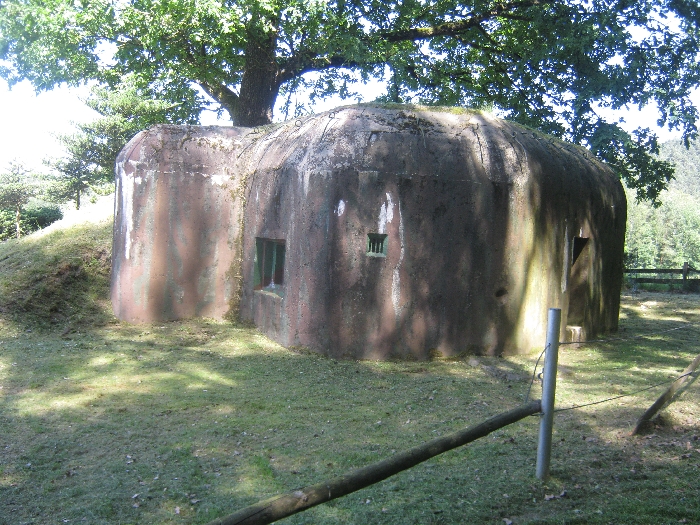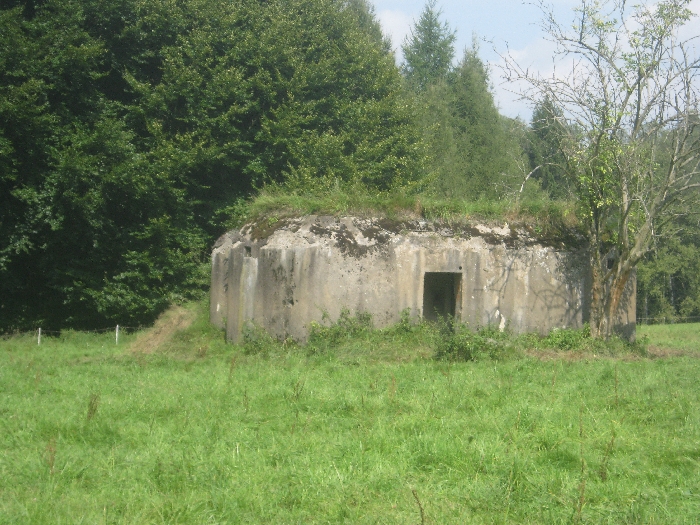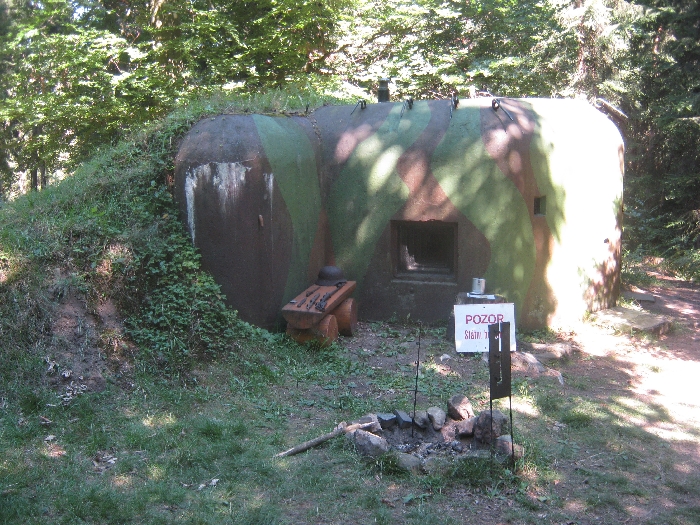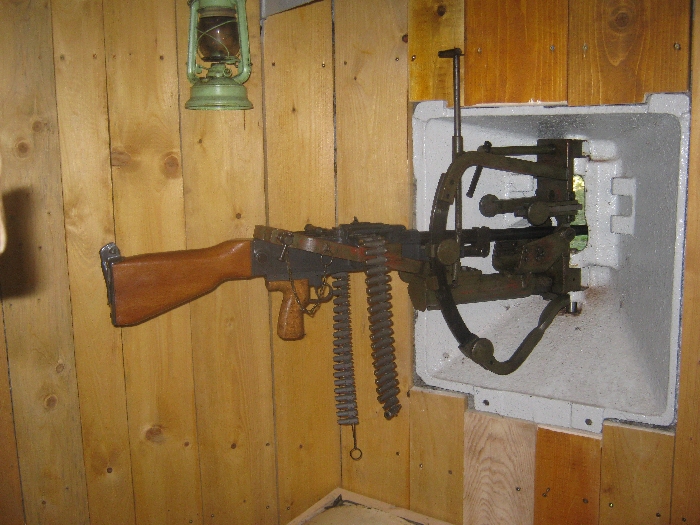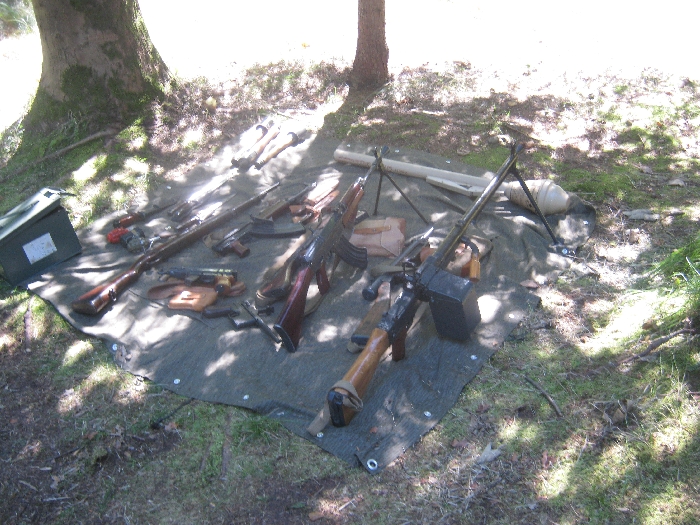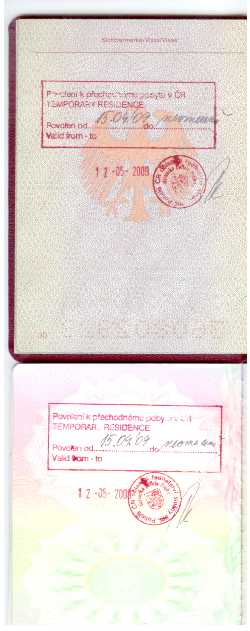
A few months after arriving in the Czech Republic, Sybille and I, aided by an agency, successfully registered with the Czech Foreign Police. Our respective passports were stamped granting us ‘Temporary residence’ that was ‘neomezený‘ – ‘unlimited’ or ‘forever’. As I have pointed out many times since, temporary residence that is unlimited, is a contradiction in terms!
We were also issued with flimsy paper certificates of temporary residence, which most importantly, also showed our official registered address as being the Chaplaincy Flat in Prague 6. Shortly afterwards, we were also each issued with a ‘Rodné císlo‘, social security number. You can read about how we managed to achieve this in two early posts on this blog, here and here.
Fast forward to 2017 and my current British passport, together with that flimsy paper certificate of temporary residence, have been accepted as proof of my ID and Czech residency, during the whole process of purchasing my new home in Stará Oleška. The house is now registered in my name with the Katastrální úrad pro Ústecký kraj and I’ve paid CZK 40,000 in property transfer tax to the Czech state 🙁
I was waiting until I received my property registration document from the Katastrál, before seeking to change my registered address and apply for ‘permanent residence’, (I’m entitled to apply now I’ve lived in the Czech Republic for more than five years), because I knew I would need it to prove I have the right to live at Stará Oleška 44. But where did the Katastrál send it? Not to Stará Oleška 44 but to the Chaplaincy Flat in Prague, because that is my registered address with the Czech state! They also sent it by registered mail to be signed for, meaning I needed a combination of a long arm and long pen to do so 🙁
I had been given to understand by those who have had more recent dealings with the Czech Foreign Police, that they had become a little more user friendly than they were back in early 2009. Now more prosaically entitled ‘Ministry of the Interior of the Czech Republic’ (MOI), they even have a website in English! And the six page application form is in Czech and English though they do say, not unreasonably, that it must be completed in Czech. I have therefore learned a few new Czech words such as ‘duchodce‘, which is what I now am, a ‘retired person’ or ‘pensioner’ 🙂
Therefore on Monday 23rd October, armed with a carefully completed application form, two passport sized photographs, a notarised copy of the property registration document from the Katastrál, my certificate of temporary residence and my current passport, I set off for my nearest MOI Office, located in Ústí nad Labem. Realising that the stamp granting me ‘Temporary residence’ that is ‘neomezený‘, was in my previous, now expired passport, I dug it out of one of the yet to be unpacked boxes upstairs, and took that along with me too.
When I arrived at the MOI office, immediately inside the door was a young lady, (who I now know as Barbora), sitting at a desk with a laptop computer in front of her. I explained in Czech, that I was British and spoke limited Czech. She responded that it wasn’t a problem as she spoke English. I explained that I had come to apply for permanent residence in my newly purchased home and she offered to go through my application form, to see if I had completed it correctly.
As Barbora went through my form, she noted that my first Christian name was ‘Warwick’ – (for those who don’t know, ‘Ricky’ is my diminutive). ‘Was this the same as Warwick Castle’, she asked, as she had been an Erasmus student for a year at nearby Coventry University. I replied that it was the same and that she should note my place of birth – Coventry – slightly further down the form. Call it a ‘coincidence’ or a ‘God-incidence’ but it was quite remarkable.
Other than a couple of little additions, Barbora assured me I’d completed the form correctly and had brought all the necessary additional documentation that I needed. As I am an EU citizen, I was to go out the door, around the corner and into the same building through a different doorway, take a numbered ticket, and wait there until my number was called.
Barbora also gave me her business card to which she added her mobile phone number. If I had any problems, especially with language, I could call on that number. It was only when looking at the business card that I realised she is from a voluntary organisation, seeking to help foreigners integrate in the Czech Republic. No – the Czech Ministry of the Interior have still not become that user-friendly, as I was about to discover.
After an hour-long wait, and being the last person sitting in the waiting room, my number was finally called. Unfortunately, the lady at desk 12, was rather officious right from the beginning. I was her last customer for the day and I think she was very keen to get home. I presented my completed application form, pointing to the box indicating that I was applying for permanent residency. When I eventually twigged that she first wanted to see my ID, I presented my current passport, my certificate of temporary residence and my previous expired passport, in order to show continuity.
This is when the fun started 🙁 There were two problems with my application which therefore made it impossible for it to be dealt with that afternoon. Firstly, the passport number on my certificate of temporary residence did not agree with that of my current British passport. I had committed the serious offence of failing to tell the MOI in July 2016, that I now had a new passport, an offence for which I could be fined!
Secondly, I was applying to do two separate things. I was applying for permanent residency, but I was also applying to change my registered address. The application form for permanent residency was fine. However, I also needed to fill out a second identical form with exactly the same information, in order to apply to change my registered address.
All this was confirmed to me after I got Barbora to speak to the officious lady at desk 12, on my mobile phone. I was also given a slip of paper with a fixed appointment to return on Monday 30th October at 13.30, armed with my identically completed second application form, to resume battle with the Czech MOI. Barbora also confirmed that she was available that day and kindly agreed to accompany me.
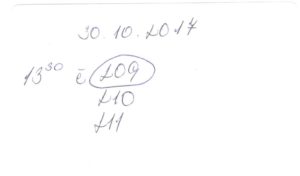
On Monday 30th October, I met with Barbora and together we went to the EU citizens section of the MOI offices, waiting for appointment 209 to appear on the display screen in the waiting room. Promptly at 13.30 it did so, calling us desk 11. I was very pleased that we had a different lady to deal with, rather than the very officious one of the previous Monday. This one later even complimented me on how well I had filled out my application forms 🙂
Firstly, I had to present my current British passport so that its number could be recorded. For my serious sin of omission, that of failing to previously report my obtaining a new passport, I was fined CZK 200 which I paid in cash on the spot. Bearing in mind that two other expat friends had previously told me they had also made the same mistake and had each been fined CZK 500, I felt I got off quite lightly. Maybe it was because I am now a duchodce 😉
After that transaction was completed, and a receipt issued for my CZK 200 fine, I then had to present my completed application form to change my registered address. I was surprised that I wasn’t required to handover the notarised copy of the property registration document I’d brought with me. Instead, the lady accessed the computer of the Katastrál office which confirmed my ownership of Stará Oleška 44 and therefore my right to live there.
I was then required to formerly surrender my nearly nine year old flimsy paper certificate of temporary residence for which I received a formal printed receipt. In its place, I was presented with a new flimsy paper certificate of temporary residence showing my new registered address as Stará Oleška 44. But irony of ironies, it doesn’t show my current British passport number – that section has been left blank! I can only presume that it is because my new certificate does have my Rodné císlo recorded, by which the Czech state can identify me. It hadn’t been allocated when the previous certificate was issued.
Finally, I then was able to present my second identically completed application form, along with my two passport size photographs, to apply to be granted permanent residence in the Czech Republic. I was formerly told that the MOI now had up to sixty days to consider my application and decide whether or not to grant me permanent residence. Once a decision has been made, I will be summoned back to the MOI office in Ústí nad Labem.
If granted, I will then have to surrender my brand new certificate of temporary residence. In its place will be given a photo ID card showing me to be a permanent resident of the Czech Republic. Watch this space!
As we were leaving the building, I asked Barbora why the slip of paper I had been given the previous week, had three numbers on it? The explanation? Officially I had three appointments – one to change my passport number, one to change my registered address, and one to apply for permanent residency! As I first wrote back in March 2009, I love the Czech Republic but NOT Czech bureaucracy!

